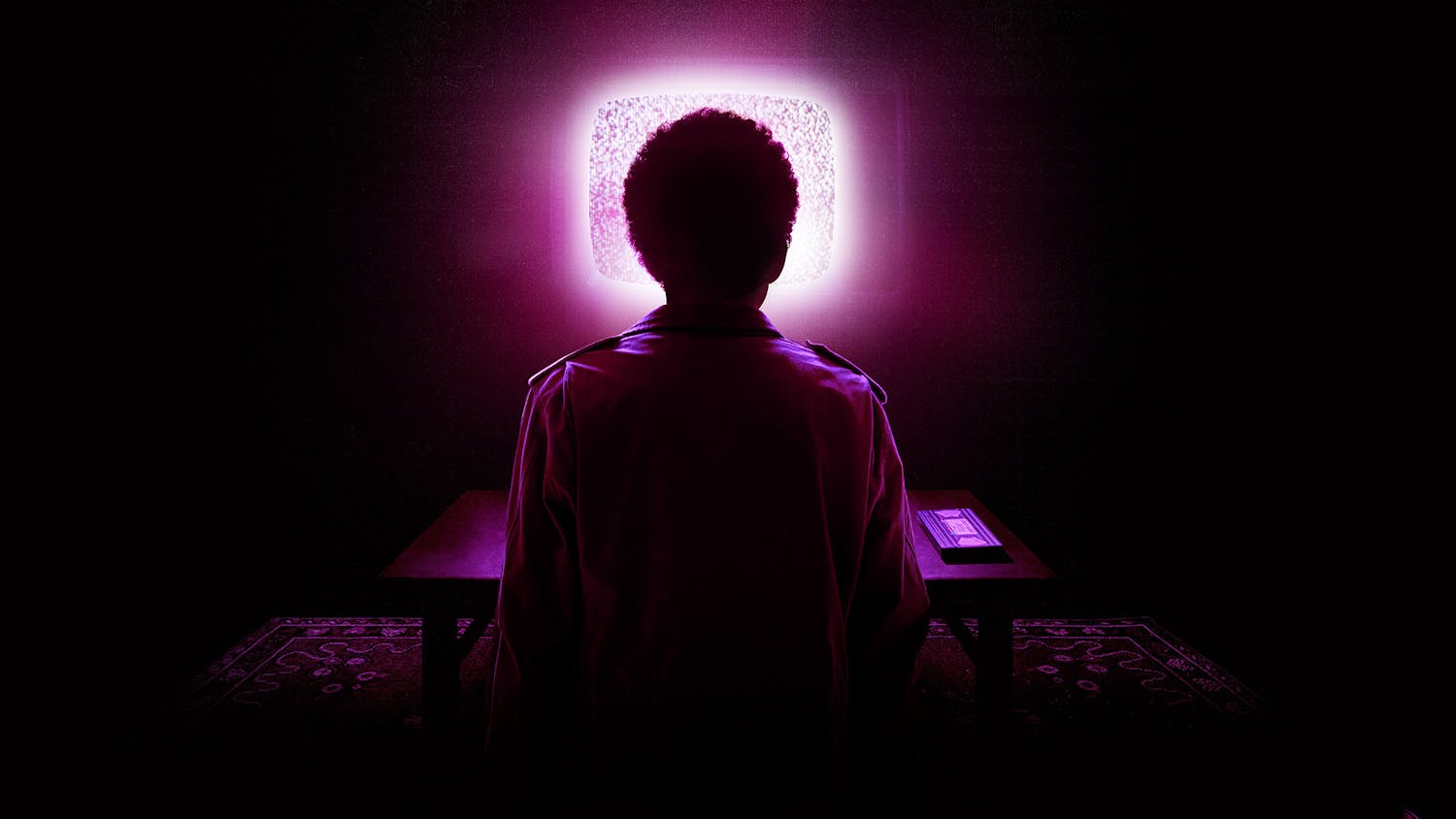Author: Crystalyn Radcliffe
Each stage of life carries its own burdens, fears, victories and struggles. Each stage is distinct from the ones before and after it, yet sometimes we forget about the important connections and similarities between them.
"Pursuing Happiness," an independent film directed and produced by Jon Andrews, which was screened on Oct. 16 in Dana auditorium, is about the basic human need for hope, appreciation and love. It documents the lives and troubles of three different sets of people, whose existences intersect in a small town church.
Ultimately a story about real love and community, the film explores three relationships, all at different stages in their respective paths — one just beginning, one somewhere in between and another worn by the hands of time. The first relationship, between the character Matt and his significant other, Hannah, signifies first love. Hannah dumps her popular boyfriend on the hockey team, opting for Matt, the farmer's son, who doesn't like beer and takes her snow-mobiling.
The second relationship, featuring a pastor and his wife, exhibited a general disillusionment with their marriage, made most explicit when the husband forgets their anniversary and later nearly cheats on his wife with a new member of the church. He then tries to mend his marriage by reading self-help books and setting up fancy dinners.
The final relationship features an elderly couple was shown in their last years together in which the husband is almost entirely dependent on his wife. After putting him in a retirement facility, at the behest of friends and family, she eventually brings him back to their home — a sign of her unconditional devotion to him.
This penultimate scene takes place in the church, lending the audience a general sense that people have been brought together in strife to help one another and find real love, whether it be in marriage, a parental relationship or with God.
"I like the idea that this movie takes normal people and makes them stars based on epic moments in their lives. I wanted to tell stories about here: this is where the stories are for me, not with people I don't know," stated Andrews.
Andrews, who grew up in Middlebury and graduated from Yale University film school, began shooting "Pursuing Happiness" last February using digital video. All of the scenes were shot in or near the town of Middlebury, and production cost approximately $7,000.
After holding auditions, Andrews selected two Middlebury College students, John Stokvis '05 and Suzanne Mozes '05, to star in his film as the characters Matt and Hannah. Mozes, who got involved in the production as a way of passing time after injuring her knee playing intramural hockey, said, "I had never done any acting before and haven't done any acting since the production. I can't even begin to describe how much I learned working on this project. I learned more during those three months than during my entire freshman year. It was an opportunity I probably will never have again, and I enjoyed every minute of it."
The film plays with time and location, connecting scenes from the different stories in a chronological, yet piecemeal, fashion. Transitions between scenes are often smoothed over by a continuation of an action or sound. For example, at the end of one scene the elderly couple cleans up after dinner. The next scene immediately flashes to Stokvis and Mozes washing plates after eating pizza. The activity of washing dishes is then continued again in the following scene. This strategy of filming inexorably linked the characters to one another, and made the literal collision of all three plots together at the end more meaningful.
"It was neat being able to do the scene over and over again," said Stokvis. "On stage you are committed to your performance, but on camera you can do it until you are satisfied with the result. It is also the hardest part, since you have to be able to run the scene many times. My favorite part of the whole production was being able to be affected by my own work. In theater I am performing strictly for the audience, but in the movie I was able to watch the screening and be emotionally invested in my own character."
Local Love Seen Through the Silver Screen
Comments



